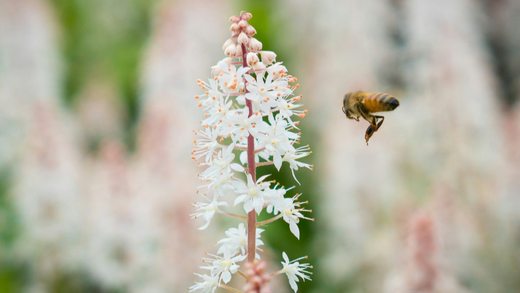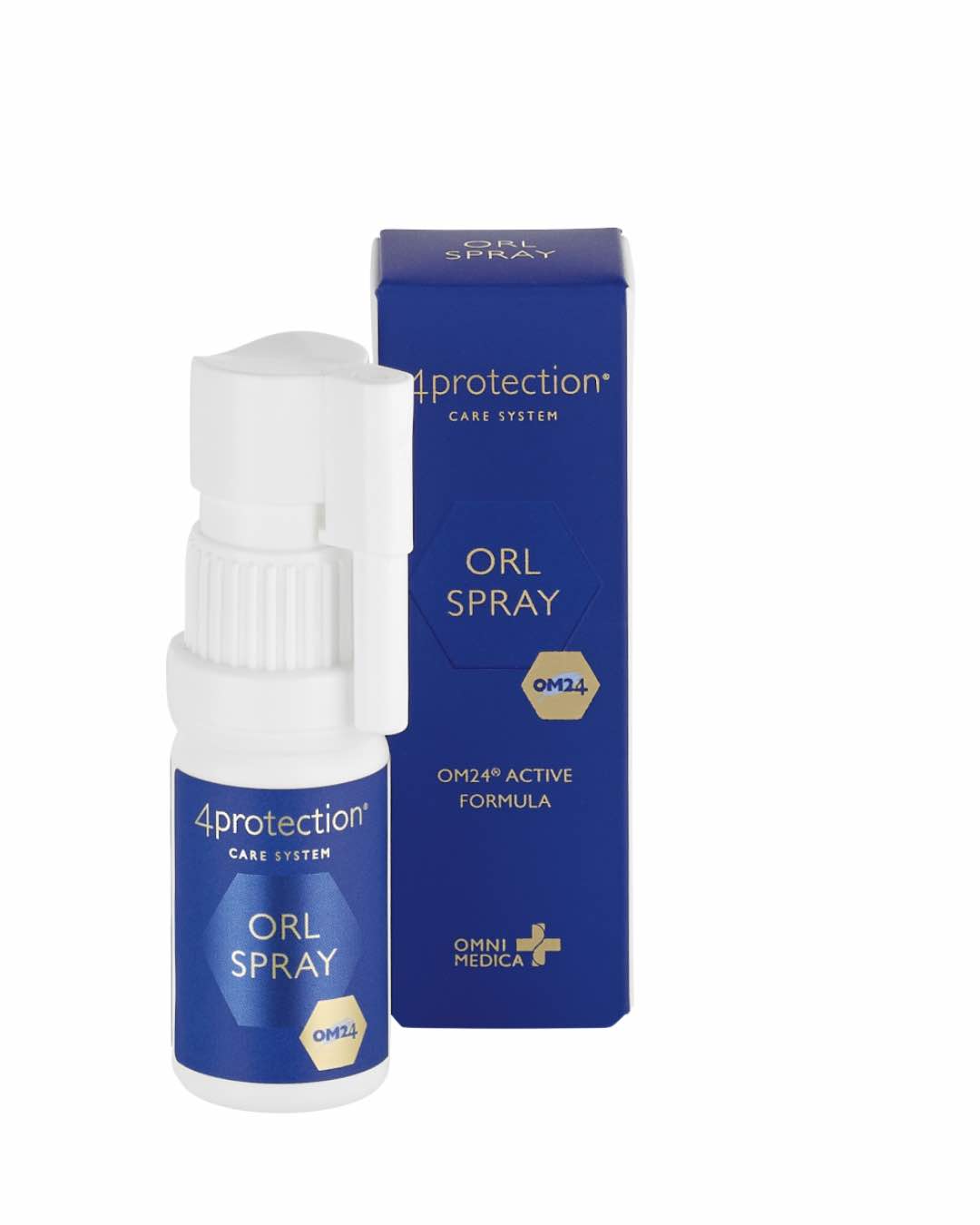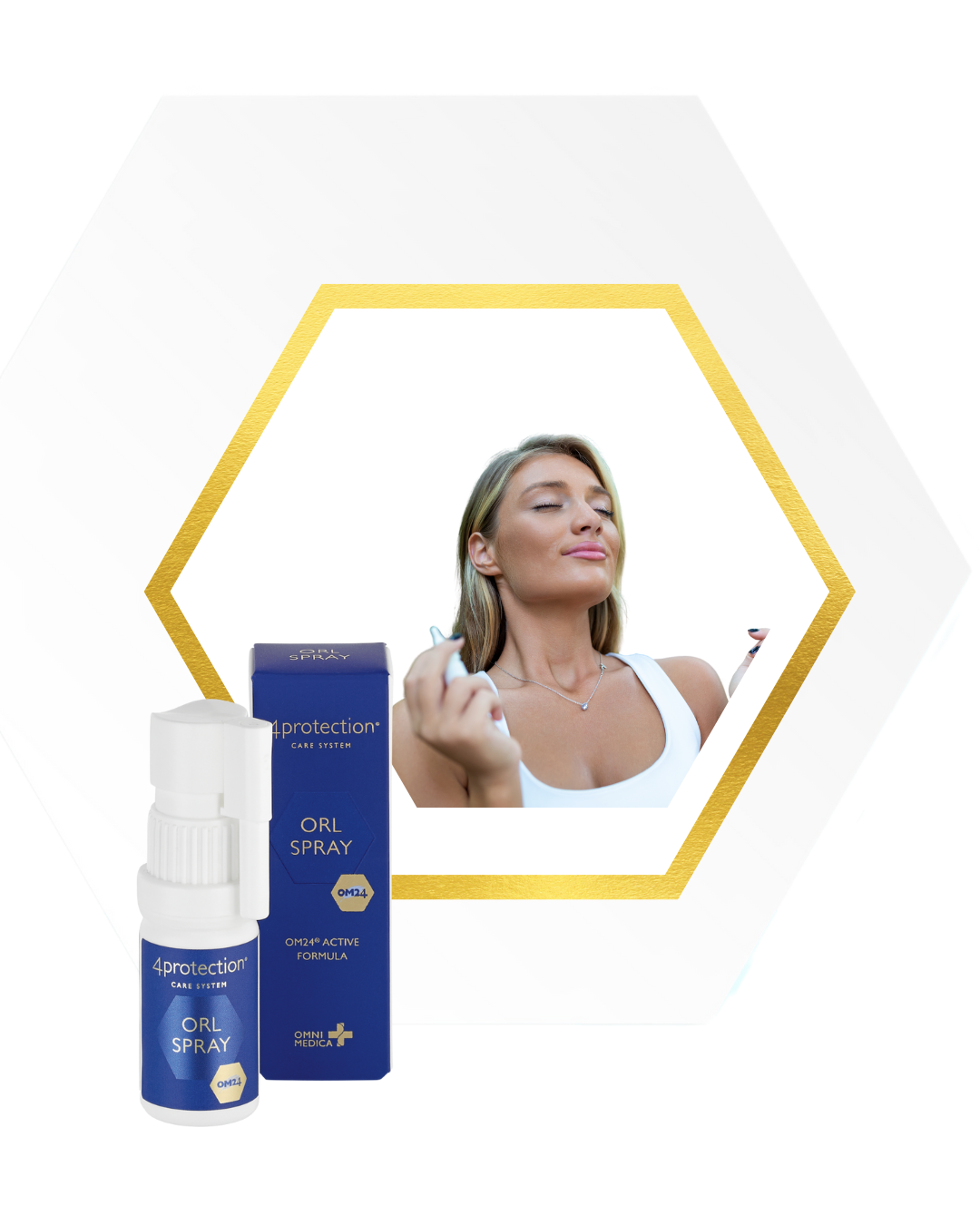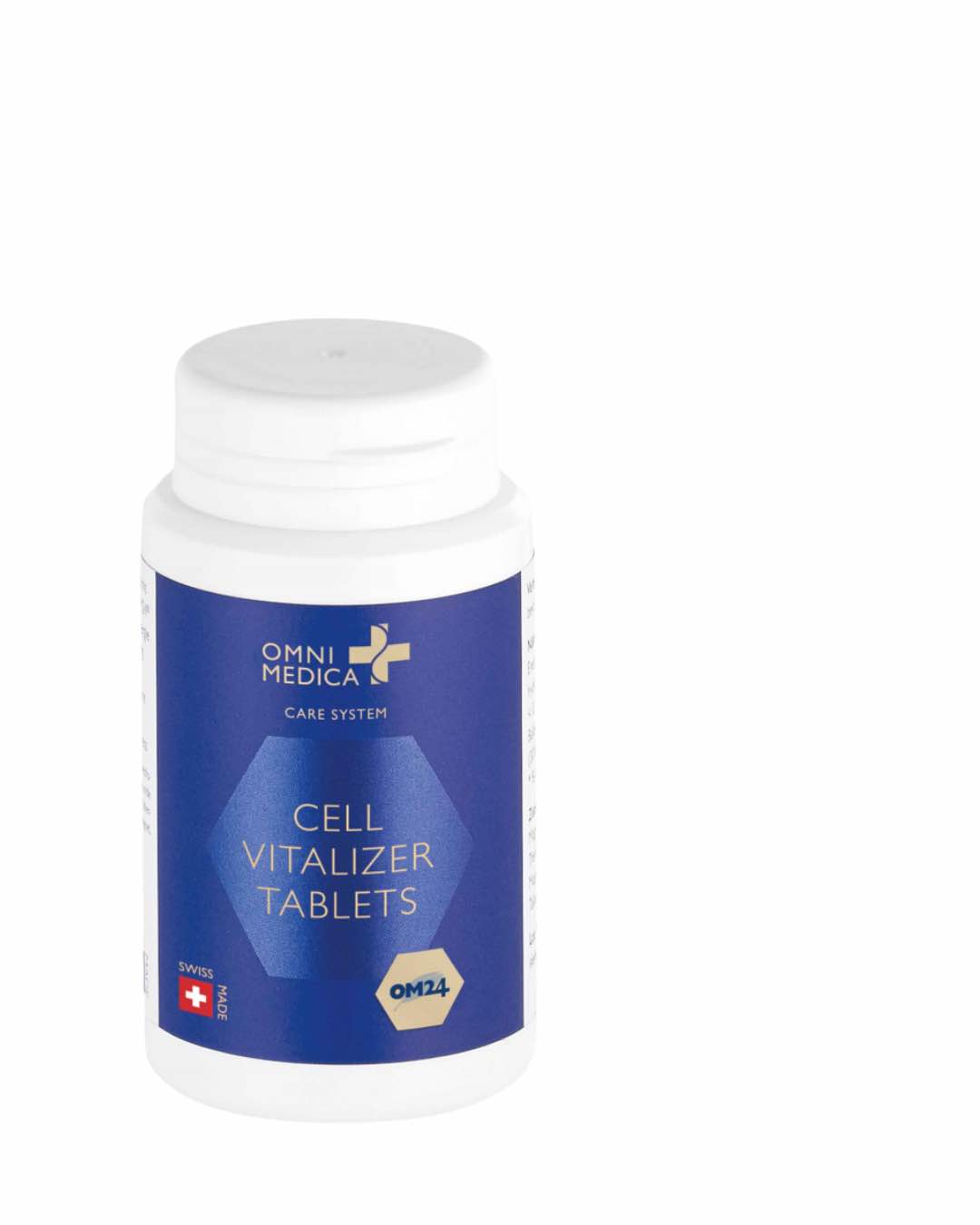In nature, pollen - also known as pollen - plays a crucial role in the reproduction of plants. Pollen are tiny, dusty granules that are produced and released by the male parts of a flower. Their flight is part of the complex pollination process that enables plants to reproduce.
While pollen is vital for plants, it can have a major impact on everyday life for allergy sufferers and sensitive people and can lead to significant health problems. Pollen count is therefore an issue of great importance that has a significant impact on both nature and the human organism.
In this article, we take a look at the significance of pollen counts for allergy sufferers and society as a whole. Our aim is to create an understanding of this phenomenon and show ways of dealing with the effects of pollen counts.
What is the pollen count?
Pollen dispersal refers to the spread of pollen through the air. The tiny pollen is transported from one plant to the next by natural mechanisms such as wind, insects or animals. Pollen dispersal is a fascinating natural process that enables plants to reproduce and produce new generations. Typically, pollen dispersal begins in spring, when many plants flower and release their pollen into the air. The weather plays an important role in this, as windy conditions can increase the spread of pollen.
However, the pollen count can be a challenge for allergy sufferers, as certain types of pollen can cause allergic reactions. It is therefore important to understand how the pollen count works and what effects it can have.
Which plants cause pollen dispersal?
The pollen count is caused by various plants, which release different pollen into the air depending on the species and flowering time. The most common sources of pollen include grasses, herbs and trees.
Grasses such as rye, wheat and grasses in meadows often contribute to the pollen load in the air.
Herbs such as mugwort and ragweed are also known pollen sources and can cause severe allergic reactions in certain regions.
Trees such as birch, oak and ash are other important pollen sources, whose pollen count can vary seasonally and regionally.
It is therefore helpful to know which plants are responsible for the pollen count so that allergy sufferers can take targeted measures to alleviate their symptoms.
Effects of the pollen count
The pollen count can have a significant impact on people's health, especially those with allergies. The fine pollen particles can trigger allergic reactions such as hay fever, allergic asthma and skin rashes. Typical symptoms of pollen allergies are
- Itchy and watery eyesThe eyes can be very itchy, red and watery, which can impair vision and cause irritation.
- SneezingVery frequent and persistent sneezing is a typical symptom of pollen allergies.
- Stuffy noseA blocked nose or "runny" nasal discharge are common signs of an allergic reaction to pollen. This can lead to breathing difficulties and sleep disturbances.
- CoughA dry or irritating cough can be caused by irritation of the airways by pollen, which can also affect breathing.
- Breathing difficultiesSome allergy sufferers may experience breathing difficulties, especially those with allergic asthma. Shortness of breath, chest tightness and wheezing are possible symptoms.
- Skin rashesIn some cases, allergic reactions to pollen can lead to skin reactions. Skin rashes, redness and itching may occur when pollen comes into contact with the skin.
The health risks of pollen are manifold and affect not only allergy sufferers, but also people with respiratory problems, children and the elderly. Exposure to pollen can significantly reduce the quality of life and lead to impairments in everyday life. It is therefore important to take the effects of pollen seriously and take appropriate measures to alleviate symptoms and improve well-being.
Preventive measures against the possible effects of pollen
To prevent allergic reactions to pollen and avoid symptoms, preventive measures can be taken.
- The wearing sunglasses outdoors can help to minimize direct contact with pollen.
- To prevent sneezing attacks caused by pollen, allergy sufferers can take anti-allergic medication before the pollen count becomes too high to suppress allergic reactions and reduce sneezing.
- Nasal rinses with a saline solution can help to keep the nasal passages clear and reduce symptoms in advance.
- Drinking sufficient fluids can help to keep the mucous membranes moist and reduce cough irritation.
- To prevent acute breathing problems caused by pollen allergies, allergy sufferers should take their asthma medication according to the doctor's recommendations.
- To prevent skin irritation, you should avoid direct contact with known allergens such as flowers, grasses or animals that can trigger or exacerbate your symptoms avoid.
With good prevention, allergy sufferers and sensitive people can control their typical symptoms and reactions before the pollen count begins.
Measures against existing symptoms
People who are already suffering from the effects of pollen count can take targeted measures to alleviate their symptoms and improve their quality of life.
- Use eye dropsto relieve itchy and watery eyes.
- In the event of increased sneezing due to pollen anti-allergic medication such as antihistamines can be taken to reduce the allergic reaction.
- To relieve a blocked nose decongestant nasal sprays can be used.
- An irritating cough can be treated with soothing medication also by the taking natural cough relieverssuch as herbal teas, ginger, honey and thyme. Also steam inhalations can also help to reduce the urge to cough.
- Even with existing breathing difficulties due to pollen allergies, it is important that allergy sufferers take their asthma medication regularly according to the doctor's recommendations.
- For the treatment of skin rashes caused by contact with pollen soothing creams or ointments can be applied to the affected areas of skin.
By implementing these tips, affected people can influence their symptoms during the pollen season and achieve a better quality of life. It is important to develop individual strategies that are tailored to your personal needs and reactions.
OM24® in relation to pollen allergies
OM24® is a complex of plant extracts that can also help to regulate excessive immunological reactions that occur with pollen allergies. It can improve the balance of the immune system, strengthen and regenerate the mucous membranes and thus reduce the symptoms of allergies such as itchy eyes, sneezing, nasal congestion, coughing and skin irritation.
It is important to note that the effect of dietary supplements such as OM24® on pollen allergies can vary from person to person.
Conclusion
In this informative article, we have explored the fascinating world of pollen, highlighted its effects on allergy sufferers and presented valuable tips for relieving pollen allergy symptoms. In addition, we have explainedthe potential role of OM24® in strengthening and regenerating mucous membranes and reducing the effects of pollen.
With this knowledge and the right measures in place, you can successfully keep the effects of the pollen count at bay - nothing can stop them now, not even the pollen!









